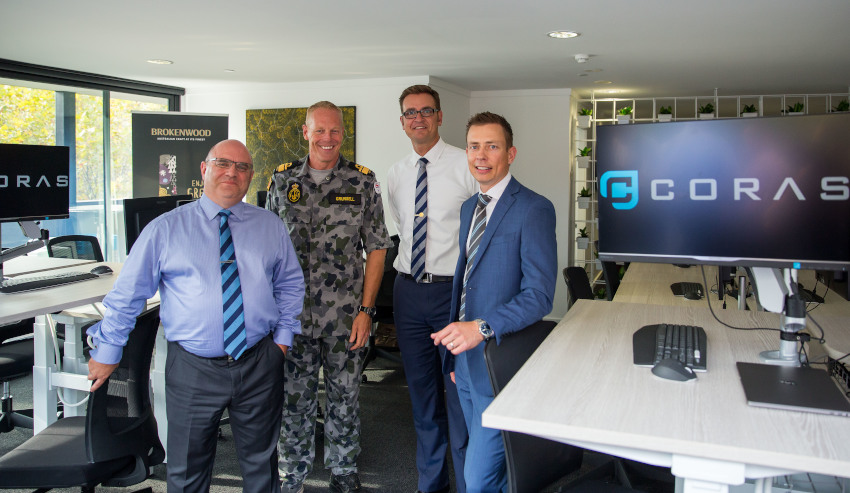In the domain of managing complex engineered assets, demarcation lines are drawn and opinions are divided on the utilisation of frameworks and associated systems to manage them effectively and efficiently.
Traditional PLM/AM: Product lifecycle management (PLM) is an overall process of managing data, characteristics, information, and knowledge about a product across its entire end-to-end life cycle. PLM is comprised of the product needs, requirements, design, engineering, manufacturing, production, support, maintenance, engineering change, and disposal.
Asset management (AM) is the life cycle management of assets to achieve defined objectives of an organisation through methodical and co-ordinated activities and practices to sustain its assets and asset systems, their performance, risks, and costs over their lifetime. Key components of AM include demand management, systems engineering, configuration management, culture and leadership, acquisition, operations and maintenance, and continuous improvement.
Historically, large asset intensive organisations like Defence generally separated traditional PLM and AM disciplines and they would often be managed by separate business lines and in different systems.
In the past, I have seen a perceived culture that PLM is the big brother of AM with a one-way master information flow to AM. This culture lacked the reliable and defined mechanism for feedback from the operational physical product to the PLM system. The diagram below demonstrates the context on the traditional siloed and parallel processes, which is still being implemented by mission and operation oriented organisations that rely continuously on asset performance to provide the availability to carry these out.
A key output of traditional PLM is the "as-maintained" baseline of a product, which provides the data and information for an AM system to be a consistent stable foundation to:
- maintain assets to an agreed standard and state;
- monitor the condition and usage of assets;
- measure asset performance i.e. operations, output, reliability, availability, and cost; and
- accurately report on the materiel state of assets.
My view is that most currently employed AM systems focus on the collection, collation and communication of operational and service information of assets. The data generated from these AM systems are then used by PLM practitioners to analyse and act on within engineering change and continuous improvement processes for the complete life cycle of the product.
This includes:
- capturing outcomes of maintenance activities;
- recording costs of manpower, resources, parts, and consumables to sustain the asset;
- asset availability through calculated downtime and effect on operations;
- outages, breakdowns, and defects and their related costs;
- the reliability of products, plant, and equipment;
- actual usage information i.e. hours run, kilometres travelled, times fired; and
- actual operating parameters i.e. pressures, temperatures, flow rates, condition.
Integrated PLM/ALM: In reality, these disciplines are interdependent and must coexist to provide an integrated approach to through-life systems engineering, maintenance and configuration management processes. This is supported by Siemens visionary Steve O’Lear when he says, "SLM is the unification of service and product knowledge with service applications and processes" (SLM with PLM).
Failure in not integrating PLM and AM results in:
- duplication of process;
- the in-service environment not reflecting the correct configuration baseline, leading to ineffective asset logistic support products;
- inability to understand or manage asset changes effectively;
- data inaccuracies between PLM and AM systems requiring continuous remediation activities;
- life cycle costing not able to be accurately understood/managed; and
- difficulty to undertake analysis and make decisions on asset performance.
With the emergence of the AM Standard (ISO 550000/01/02) in 2014 (which is now being implemented throughout industry and government departments), a more integrated approach between PLM and AM is being mandated. ISO 55000 describes the need for configuration management and systems engineering as part of the end-to-end AM strategy, which are key components of PLM. ISO 55000 compliant systems need to demonstrate maturity in this integration.
There is no doubt that contemporary AM and PLM integrated systems are making through-life systems engineering, maintenance, and configuration management systems efficient and effective. That said, a number of our legacy systems in industry are yet to fully adopt this level of integration. Until this happens, we will continue to suffer from the failures identified above and as a result must invest in ensuring the integration is complete and functioning well.
Connected PLM/AM: Contemporary PLM/AM systems are also well connected and are starting to take advantage of digital transformation and the shift to Industry 4.0 (i4.0 – connection of virtual and physical domains) through the internet of things, cloud and cognitive computing, robotic process automation, big data, business intelligence systems, etc. An integrated and connected system using these technologies increases efficiencies, provides real-time performance data, and decentralises/automates decision making, while reducing the risk of human error.
The pairing of virtual and physical domains in i4.0 is often referred to as the digital twin. In simple terms, it’s the “virtual model of a process, product or service” (refer to Bernard Marr, Forbes) and named by Gartner in the top five strategic technology trends for 2017.
The integration of products (ships, aircraft, tanks), plant, equipment, and parts fitted with sensors and monitoring systems, providing a valid, valuable, and viable opportunity for overall performance improvements (operations, output, reliability, availability, and cost) through an intelligent analysis feedback loop.
Daniel Stephens is a senior consultant with Coras Solutions.









